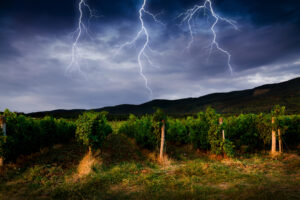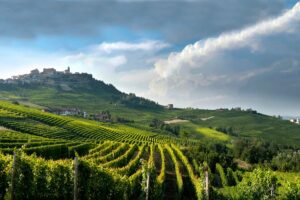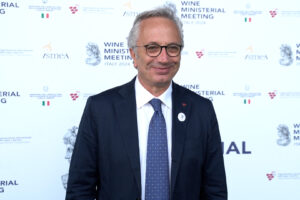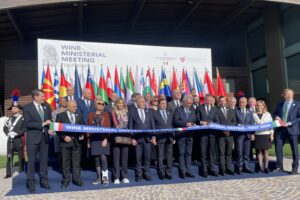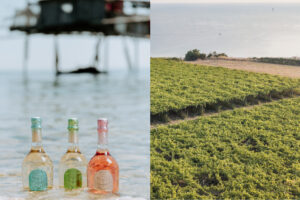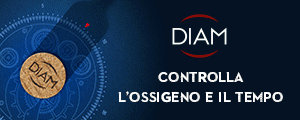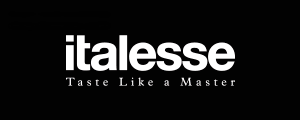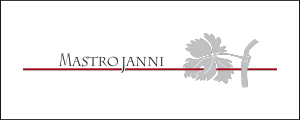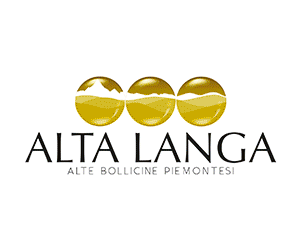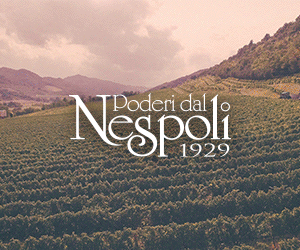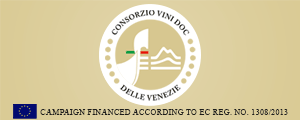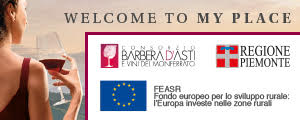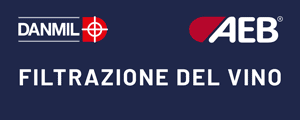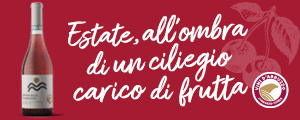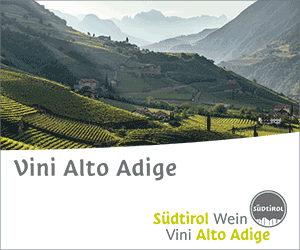A total value of 50 billion euros, involving more than 340.000 companies and 1.2 million employees. These are the figures of the Italian wine sector extended supply chain. In Italy consumption is down due to the crisis and production is too, but high quality products are resisting. Italian wine exports showed an increase of 6.5% in 2012, which are expected to increase with a more coordinated approach, on the markets in China and Brazil. This is how Federvini (www.federvini.it), the "Italian federation of wine” described the industry at Vinitaly, including quality and new markets.
"Federvini”, said the president Lamberto Vallarino Gancia, “appreciated Minister Catania’s message calling on the industry to re-examine and investigate the system of names and varietal wines. This means that we must reflect on and deal with the promotion system of our products on international markets in a different way. Federvini is in favor of initiating this process together with its associates, and the Federation has the required experience”. The wine sector, Federvini points out, is one of the most dynamic and innovative sectors for Italian economy and it is able to cope with the difficult economic production of higher and higher quality and a constant search for new markets. However, continued efforts are needed to cope with competition from countries that so far have been on the margins of international trade.
Besides the positive data regarding growth in exports, Federvini pointed out that the entire extended supply chain sector has reached a total value of 50 billion euros, counting more than 340.000 companies and 1.2 million employees: "the size of this industrial sector”, said Gancia, “is due to political and cultural investments as well as know-how, which have allowed us to discover many Italian winemaking traditions, which had been lost over the decades”. However, the challenge, according to the Federation, will be mostly played on foreign markets since in Italy, demand and production is steadily shrinking.
In 2012 production was low and only reached 39.3 million hectoliters, which affected the market price that had to deal with the decline in domestic demand and with a slight reduction in foreign demand, in terms of volume. In 2012, the average origin prices and average producer prices showed upward trends. In the last quarter of 2012, producer prices of common wines grew 23%, while wines with a designation, 9%. Consumer prices have increased slightly: for sparkling wines the variation was within 1%, while still wines, 5%. Once again, exports were an essential item of the entire sector, with a share in the period January to December 2012 in value of 4 billion 800 million euros (+6.6% over the same period in 2011).
The most favorable sector, explained Federvini, was sparkling wines, which reached 601 million euros, +11.98%. The PDO white wines (below 15 percent alcohol) were weaker and reached 434 million, +0.51%. The PDO red and rosé (below 15 percent) were stable at 1.337 million, +6.8%. PGI wines showed the opposite trend: white wines (below 15) reached 572 million euros (+11.2%), while red and rosé (below 15) reached 703 million, (+3.4%). The aromatized wine trend is also interesting as it reached 172 million euros (+11.5%). In quantity, the export of wines in the period reached a total share of 23.7 million hl, representing an 8.2% decrease over the same period in 2011.
“We need more targeted and aggressive policies geographically”, said Gancia. “We were very surprised that despite the dramatic events that hit Japan in 2011, Italian exports grew significantly last year. And exports to Canada also grew quite a lot. In the future, our efforts must focus on the Chinese market (in 2011, Italian imports reached 67 million euros) and Brazil. It will take targeted interventions and policies as well as warnings and legally safe strategies, to take advantage of the enormous opportunities that the large retailers offer. On the Chinese market, we found it very challenging to access the site where one had to register and to fill out the required data, even though the legislation had been in force for a long time and the instructions had been translated into English. We are concerned with the applied limits of methanol that are not in line with those set by European legislation, since the limit applied to Chinese spirits is less than 2.0 g / l, while in Europe the maximum methanol content is equal to 10 g / l of alcohol to 100% vol. for Grappa and it is precisely this product that is damaged the most”.
Federvini explained that in terms of quantity in 2012 Italian products were exported mainly to the German market (6.3 million hectoliters), U.S. (3 million hectoliters), Canadian (738.000 hectoliters), Japanese (447.000 hectoliters, despite the devastating earthquake) and Chinese (326.000 hectoliters).
"The Chinese market is still the most interesting and complex”, says Gancia, “both because of specific regulations that are different for our products approved for marketing and also for its immense size and consequent distribution problems. However, we must raise awareness among national and European authorities to start a positive dialogue with the Chinese authorities so as to increase our exports. Italian wine and spirits are essential Made in Italy products that China is beginning to appreciate and we must not lose this opportunity for both the large structured national groups and for the small individual Italian producers”.
The Chinese market is growing steadily with a per capita consumption of wine equal to 1.3 liters per person. It is expected to reach 150 million cases. The wine produced in China is equal to 83% of the volume consumed while imported wines are growing faster, but have exorbitant taxes at 1000% year on year. “This is due to both the attraction of a product that express Italian culture and establishing customs, such as quality Italian wine is the most sought after gift for special occasions”.
Returning to the dynamics, emphasized Federvini, wine over the past few decades has experienced a decline in quantity due in part to climate change but also to the structural change of the CMO on wine production, in favor of promotion. “On the national level that, in terms of opportunity”, concluded Gancia, “there is a better market balance going towards quality as producers are betting on their own territories with more commitment and passion, but on the other hand, this inevitably leads to a different production panorama. The 2012 harvest recorded about an 8% over the previous year, which was already quite low. The severe drought and summer heat, only partly mitigated by the rains in September contributed to this result”.
Overall, production was 39.3 million hectoliters with rather heterogeneous and mixed features. Looking at the national production, Federvini points out that there fluctuations show a minus sign: compared to the previous year, in Veneto and Friuli Venezia Giulia, less 15%; in Lombardy and Tuscany, less 20% and, in Piedmont, less 10%. Sicily instead closed with a positive sign, +15% and Sardinia has maintained a position of stability, with no ups or downs. Global estimates show that even the world wine production continues to decline, which is mainly due to the decrease in vineyard areas that over the last 10 years has gone down from 280 million hectoliters to 265 million hectoliters.
Copyright © 2000/2024
Contatti: info@winenews.it
Seguici anche su Twitter: @WineNewsIt
Seguici anche su Facebook: @winenewsit
Questo articolo è tratto dall'archivio di WineNews - Tutti i diritti riservati - Copyright © 2000/2024











